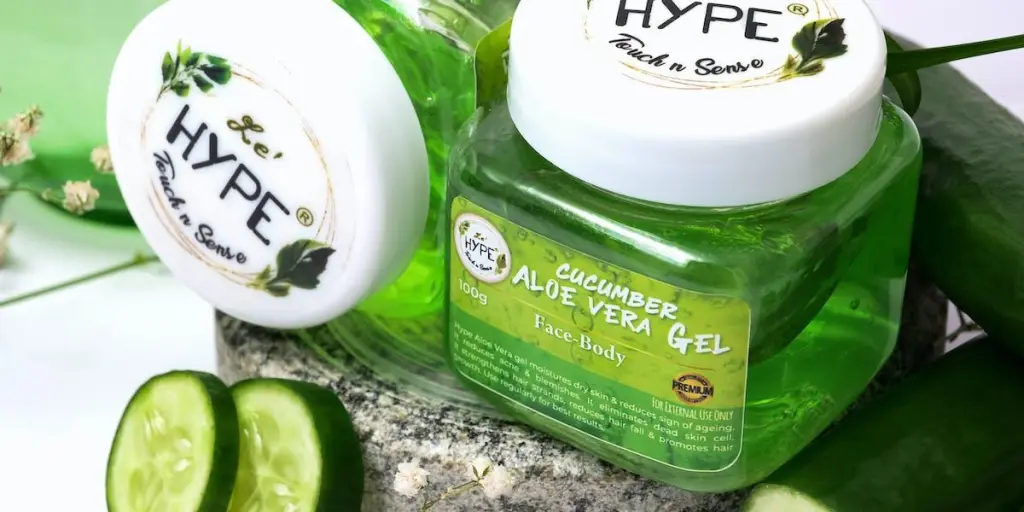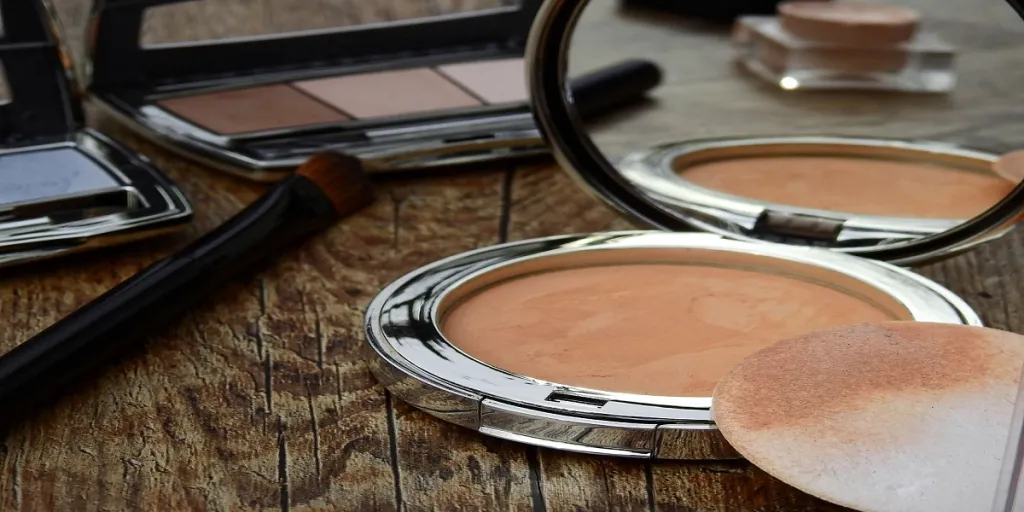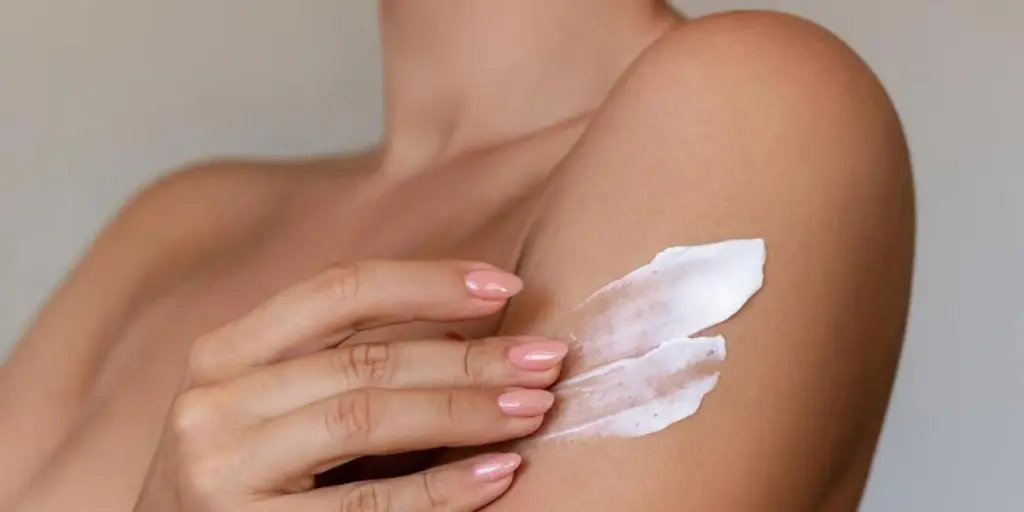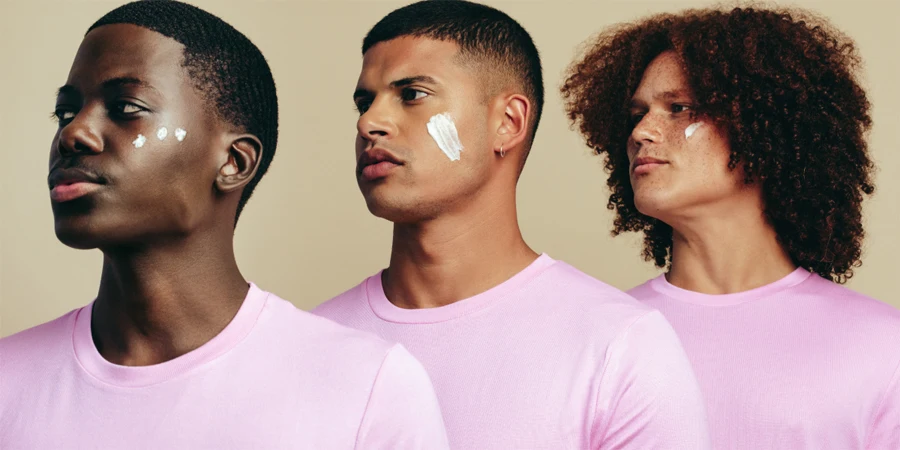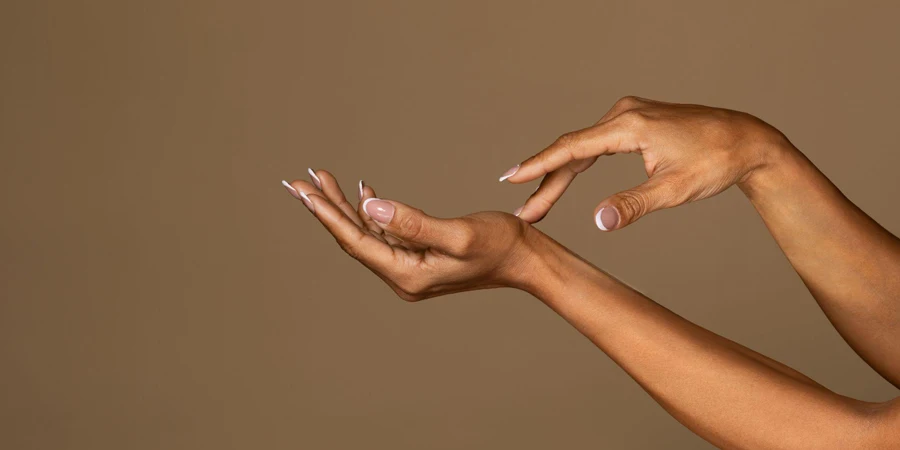Most organic beauty products today date back to ancient times where they had a lot of recognition amongst male and female users—and aloe vera gel is no exception. Aloe vera was quite popular in the Egyptian time for oral and topical applications.
It‘s safe to say that it has maintained its popularity in modern times but with a twist. Manufacturers have drawn out other aloe vera gel skincare benefits, making them much more than skin rash and sunburn treatments.
This article explores why aloe vera gels are a game changer for retailers and it provides essential tips on how sellers can detect the original from the fakes.
Table of Contents
Is the aloe vera gel market growing in 2024?
Why consumers are yearning for aloe vera gels in 2024
How sellers can detect fake aloe vera gels
Points to remember when adding aloe vera gels to your inventory
Rounding up
Is the aloe vera gel market growing in 2024?
The 2020s gave the “healthy lifestyle” trend more momentum, and consumers started paying more attention to their cosmetic products. As a result, aloe vera gels entered the spotlight and have been on a steady growth path ever since.
According to experts, the global aloe vera gel market will grow from USD 337.7 million in 2022 to USD 712.3 million in 2032 at a 7.8% compound annual growth rate (CAGR). Although aloe vera gel is a trend-driven market, it’s showing enough potential to remain lucrative over the forecast period.
The rising consciousness among consumers to look good and enhance outer appearances is also spearheading the aloe vera gel market’s growth. As chemically-made cosmetic products witness a downward spiral, organic products (like aloe vera gels) are gaining popularity.
Asia Pacific is a significant regional player in the aloe vera gel market, with experts predicting it will remain dominant with an 8.8% CAGR. Due to the increasing population and higher consumer spending capacity, China and India are the most prominent markets.
Why consumers are yearning for aloe vera gels in 2024
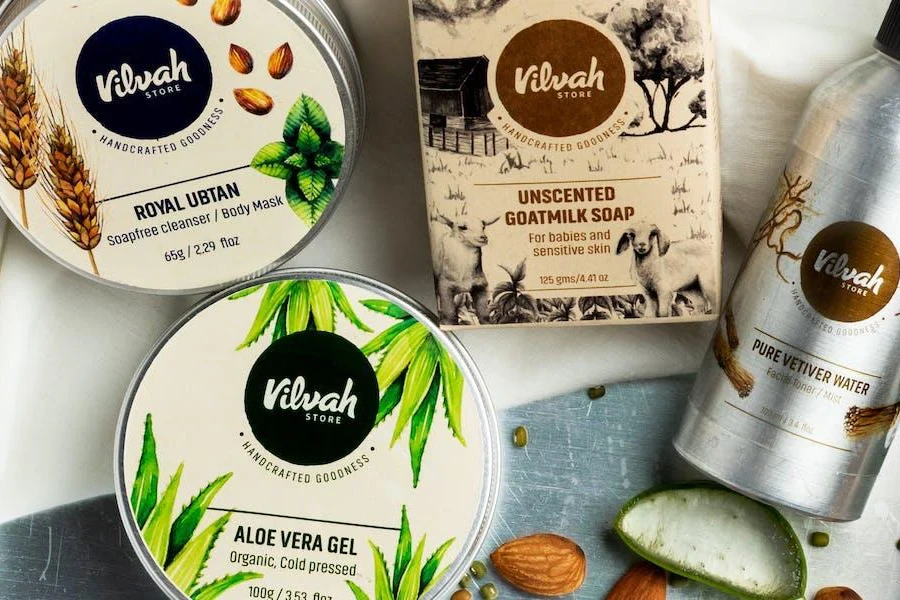
Aloe vera gels rank high among the top organic cosmetic products in 2024, and for good reason. They come packed with anti-inflammatory and cooling properties, making them one of the most natural solutions for burns (or sunburns), small scratches, and insect bites.
But if that’s all they could do, consumers wouldn’t clamor for them in 2024. Aloe vera gels are also great at protecting the skin and retaining moisture. They’re also naturally infused with minerals and antioxidants that help renew the skin, allowing consumers to maintain that beautiful summer skin.
Here’s another reason consumers can’t get enough aloe vera gels. Women can use them as moisturizing gels without worrying about greasy residues on the skin. Unlike regular moisturizers, aloe vera gels will go the extra mile to soften the skin and unclog pores—no wonder consumers love them!
How sellers can detect fake aloe vera gels
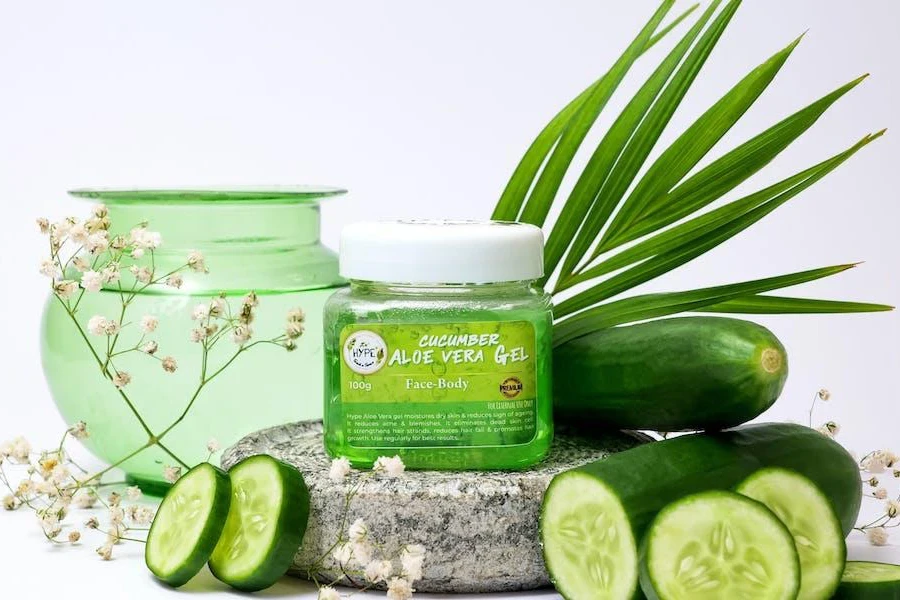
While popularity is not bad, aloe vera gels are widespread enough to attract the attention of the fake product market. These counterfeit products may have the “aloe vera gel” name but they can’t replicate the real deal. So, sellers will easily detect them by following these tips.
The first ingredient is not Aloe Barbadensis Leaf Extract
Sometimes, a quick look at the ingredients list is enough to spot something fake. In the case of aloe vera gels, businesses only have to find one ingredient: Aloe Barbadensis Leaf Extract.
It’s the most critical ingredient in aloe vera gels, meaning the leaf extract should be the first and main thing on the list. But if the list shows too many ingredients packed into the gel, it’s not genuine. Such products don’t have pure aloe vera gels, only a cocktail of other ingredients.
Pure aloe vera gel is not green
Color is another big giveaway for an aloe vera gel’s pureness. Sellers must avoid anything bright green or completely transparent for these products as it’s a big indicator that it’s fake and likely packed with chemicals.
On the other hand, pure aloe vera gel should be translucent gold or slightly yellow. Here’s another tip: aloe vera gel color changes according to harvest time.
If manufacturers harvest the gel during the monsoon season, it’ll be clear in color (not completely transparent). But if the climate is warm and dry during harvest, the gels will have a yellow or golden hue.
The product smells sweet
If a sample smells sweet, that aloe vera gel likely contains artificial fragrances. Natural aloe vera gels have a garlicky and earthy scent, so sellers must look out for this little detail.
In addition, some fake aloe vera gels may smell like alcohol. Experts recommend avoiding such products because they cause breakouts and dryness on the user’s skin, leading to unsatisfied consumers and bad reviews.
The gel contains less than 15% aloe vera
Numbers don’t lie, making them the surest way to detect false products. These gels should have at least 15 to 20% aloe vera extract. Anything lower than that won’t help or provide any benefits.
Some brands simply add aloe vera gel to their packaging. But it’s probably fake if the aloe vera extract is listed at the end of the list or has the lowest percentage. Hence, always judge these products based on their ingredient list.
Points to remember when adding aloe vera gels to your inventory
Making process
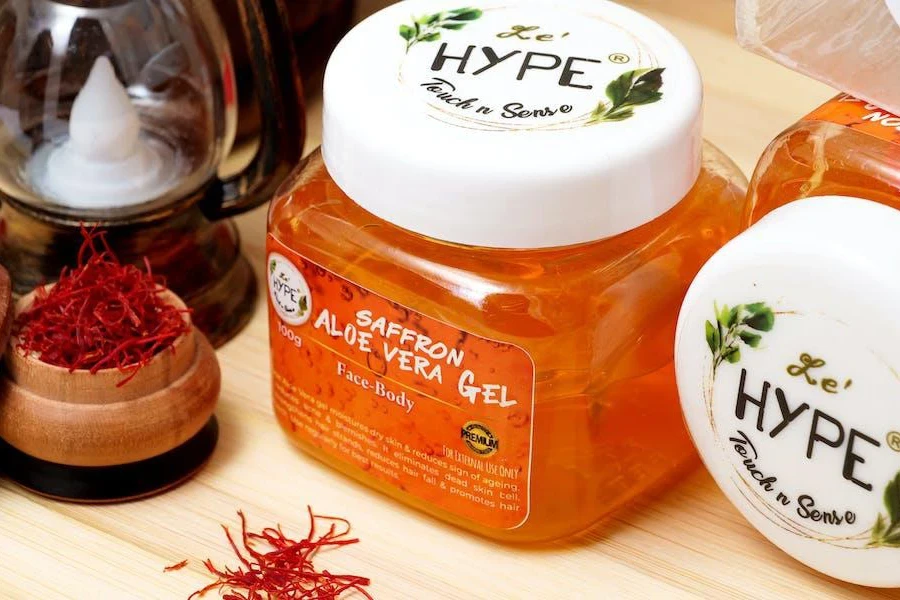
The aloe vera gel consumers use is not what manufacturers extract from the plant. They must convert it into a usable texture before anyone can reap their attractive benefits. Therefore, checking or inquiring about the manufacturer’s making process is one way to ensure quality.
An ideal process should start with extracting fresh aloe vera pulp or juice and blending it with emollients like glycerine to boost hydration properties. They can also use natural stabilizers to help oil and water-soluble ingredients maintain a gel form.
Some manufacturers may add cellulose-based gelling agents to provide sticky textures, making these gels easier and more convenient. Turn away if the making process involves anything artificial.
Aloe vera gels must be free of preservatives and pure—this factor is non-negotiable! Don’t forget this part when choosing these products.
Skin type compatibility
Aloe vera gel contains 98% water, making it suitable for all skin types. However, these gels must be rich in vitamins A, C, E, and amino acids to provide tangible benefits.
Aloe vera gels will be non-comedogenic with these potent antioxidants, making them perfect for oily skin. Don’t forget they deliver a supreme burst of hydration, making them ideal for dry skin, too.
Aloe vera gel can also help soothe sensitive skin. However, all these would be for naught if artificial ingredients were introduced into the formula. So, these gels must be free of preservatives and fragrances—this factor is non-negotiable if businesses want to keep their high skin compatibility.
Shelf life
Herbal aloe vera gels can last a good amount of time if manufacturers combine them with natural stabilizers. Since natural aloe vera gel has more water, it won’t have a long shelf life.
So, if target consumers need more shelf life, businesses can go for products with natural stabilizers that can last up to 2 years. But if they want something more natural, go for gels with minimal stabilizers (no preservatives!)
Note: the less durability a product claims, the more natural it is.
Rounding up
Aloe vera gels are impressive and popular. Look at their Google data stats: these products rake in consistent 550,000 monthly searches, even in 2024, proving they’re constantly in demand!
But sellers must also be careful. Aloe vera gels are more sensitive than they look, so retailers must be cautious when adding them to their inventory.
Before buying them in bulk, request samples and use the tips above to determine pureness. If it passes the quick test, consider the above mentioned factors to maximize profits from this market in 2024.
